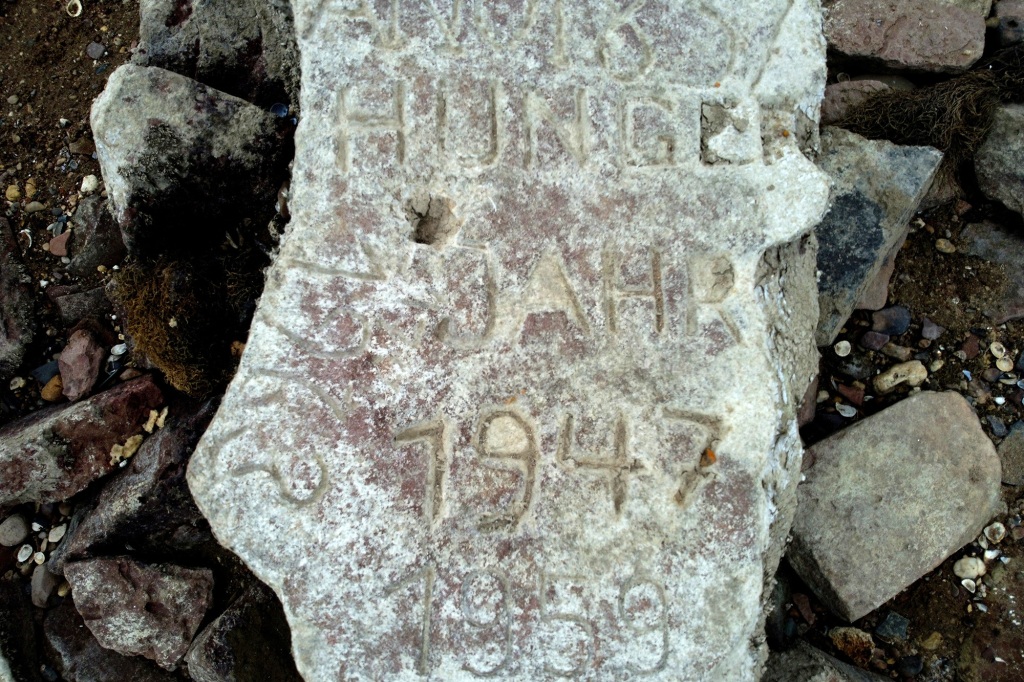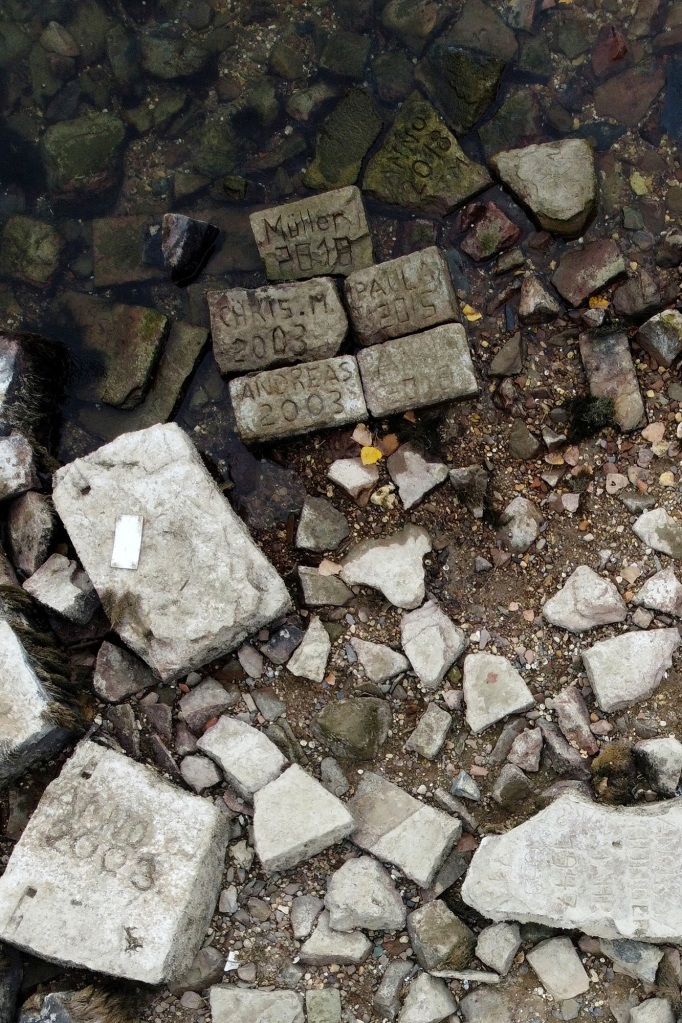Grim ‘Hunger Stones’ warn of doom as they emerge in ancient waters
Unearthed “Hunger Stones” have raised concerns across Europe amid a drying climate.
The stones, forged some 400 years ago, are ancient markers of drought, inscribed with warnings that claim if they can be seen, the area in which they lie is in grave danger due to receding water levels.
Although many are alarmed by the emergence, some scientists argue that the sort of drought these stones forecast are not always indicative of environmental disasters, and that droughts in the 21st century have not been as severe as those experienced throughout history.
“Megadroughts” were more common before the Industrial Revolution according to a 2015 study published in Science Advances, PJ Media reported on Monday.
Historical records indicate that droughts “were more severe, extensive, and prolonged” in the northern hemisphere, especially between the 11th and mid-15th centuries, researchers said.
The last time these hydrological harbingers surfaced was during a 2018 drought, and again in 2015, both incidents of which occurred in Decin, Czech Republic, located about 60 miles north of Prague. Water levels there dropped 45 inches before the stones were exposed.

Dutch journalist Olaf Koens tweeted images last week (taken in 2018) of the ominous boulders. He called them “horrifying.”
“Macabre warnings from our 15th century ancestors about famine,” he wrote, according to an English translation.
The images were taken at the Elbe River, as seen from Decin, Czech Republic.

In a 2013 paper a team of scientists wrote about the history of droughts in Czech lands, writing that the stone in-question is chiseled with “the years of hardship and the initials of authors lost to history.”
“It expressed that drought had brought a bad harvest, lack of food, high prices and hunger for poor people,” report authors wrote. “Before 1900, the following droughts are commemorated on the stone: 1417, 1616, 1707, 1746, 1790, 1800, 1811, 1830, 1842, 1868, 1892, and 1893.”
Europe and the UK — where few buildings and homes are equipped with air conditioning — experienced an unprecedented heatwave in July, as temperatures in the regions reached over 100 degrees Fahrenheit.
Read the full article Here


